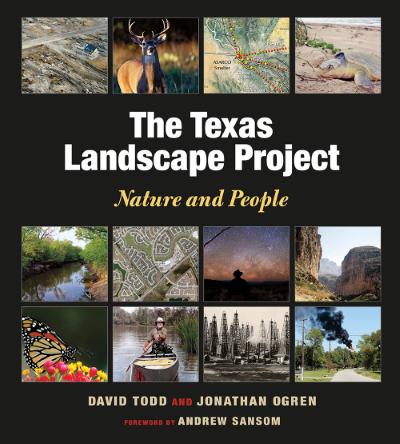“Sections focus on topics such as the colonias of the Rio Grande Valley, wildlife management cooperatives in the Hill Country and flooded ruins of Falcon Lake.”
TexasObserver.org | October 22, 2016
 The first time I saw the Big Thicket National Preserve, I lost myself in it. It was 2014 and I was moving back to Texas for the first time in almost a decade. I’d detoured off the highway to visit a landscape that had long fascinated me: the remnants of the vast temperate jungles that once dominated the eastern edge of the state. Once a haven for rare animals, backwoods folk, Native Americans and runaway slaves, the forests had been carved up in a wave of settlement and industry over the last century. But as I walked out into the tangle of trees, the thicket washed over me in an overwhelming cascade of branches, twigs and trunks. If you’d asked me then, I might have told you that the forest went on forever.
The first time I saw the Big Thicket National Preserve, I lost myself in it. It was 2014 and I was moving back to Texas for the first time in almost a decade. I’d detoured off the highway to visit a landscape that had long fascinated me: the remnants of the vast temperate jungles that once dominated the eastern edge of the state. Once a haven for rare animals, backwoods folk, Native Americans and runaway slaves, the forests had been carved up in a wave of settlement and industry over the last century. But as I walked out into the tangle of trees, the thicket washed over me in an overwhelming cascade of branches, twigs and trunks. If you’d asked me then, I might have told you that the forest went on forever.
It’s an impression I’ve often had in Texas, driving along prairies as an adult or wandering the creeks of Plano as a child — that the wilderness is an endless tapestry, even when it’s squeezed between buildings and powerlines. I lose myself in the details — crumbled fronds, the flitting of birds, water on rock. But viewed from above, these wildernesses are hard-won slivers or overlooked margins of otherwise developed landscapes. Read more…
